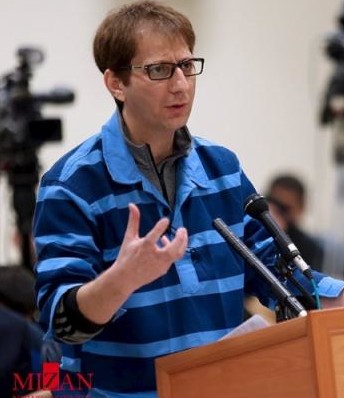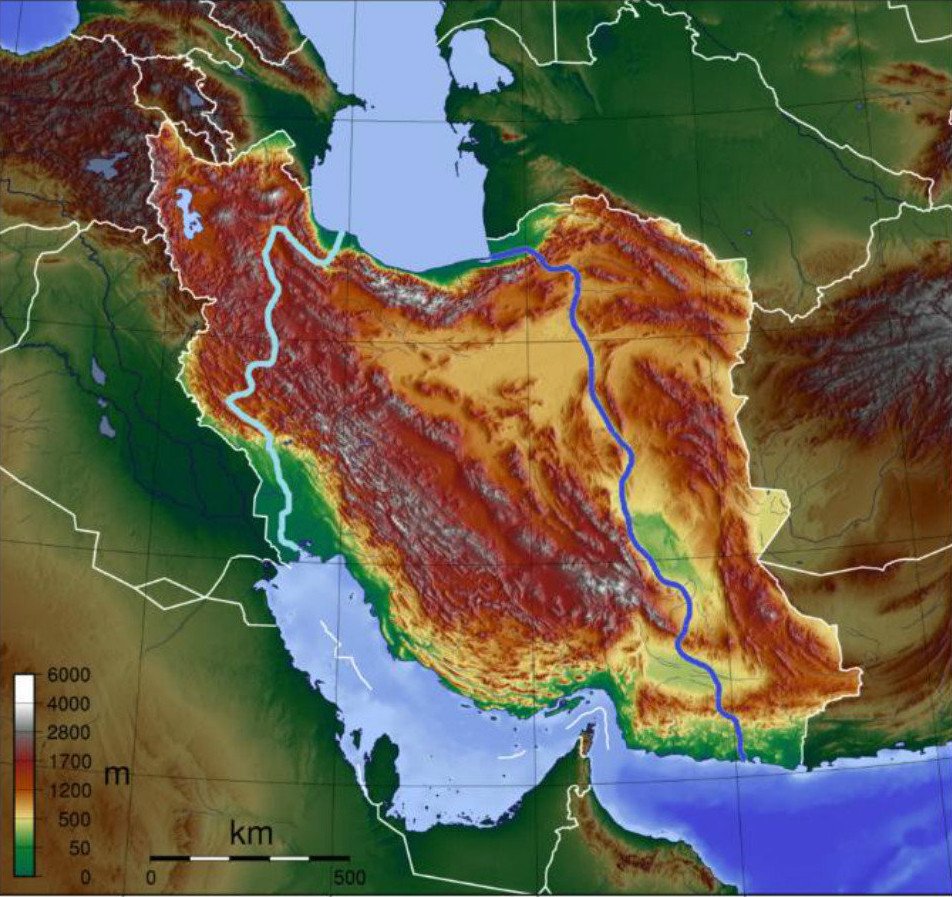April 15, 2016
Nuclear chief Ali-Akbar Salehi says Supreme Leader Ali Khamenehi imposed four conditions that Salehi had to adhere to in the nuclear talks with the United States.
In an interview with NBC News, Salehi became the first Iranian official to talk about the inside discussions on the nuclear talks.
Salehi, who is now a vice president and the director of the Atomic Energy Organization of Iran, said he was approached four years ago when he was foreign minister by a man he did not name who said Oman was working with the United States to try to open talks on the nuclear issue.
Salehi said Washington initiated the dialogue, indirectly at first, through a businessman from Oman. But Salehi told NBC he wanted more than just the word of a middleman before going to Khamenehi to propose something as important as negotiations with Washington over the nuclear program.
“I said, ‘Look, we have to receive an official letter from the Omanis that would give us the assurance that this is a serious proposal. Otherwise, we cannot just rely on [the] verbal note of a person,’” he said. “So the sultan of Oman wrote a letter to our Supreme Leader, expressing the fact that the US is ready to enter into negotiation with Iran on a bilateral basis, or a second track, you may say. And then, I submitted the letter to the leader, and then I discussed the issue with him. And, yes, he said, ‘Okay, I agree that you start this second track. But you have to take four conditions into consideration.’”
He didn’t say when these conditions were laid down, but he is presumably talking about 2012, before Hassan Rohani became president.
Salehi said the Supreme Leader’s four conditions limited how far the negotiators were able to go in their talks with Washington.
“One condition was that, ‘Look, you just discuss the nuclear issue. You do not enter into any other issue. I mean, no political negotiations. It’s only nuclear issue negotiation.’” That was not a hard one, because that was always the US position. The Americans have treated nuclear issues as distinct and separate topics not linked to other issues since long before the Islamic Revolution in Iran.
The second condition, Salehi said, was for the talks to be quick, and not drag on “lethargically.” But the talks actually took a year and a half and hardly qualified as speedy. Even then, it took the repeated personal interventions of US Secretary of State John Kerry to get the talks going again after stalls.
“The third condition was that they [Washington] will have to recognize our basic right, which is enrichment,” Salehi said. That was agreed to in the very first month as the Americans had long recognized that would be essential to any agreement, much as Americans might not like it.
“And the fourth condition was a condition that—let’s keep it for ourselves,” Salehi said. When pressed, Salehi said the fourth condition was “procedural,” but provided no details.
The main problem with Salehi’s list was that Khamenehi publicly imposed many other conditions, most of which never appeared in the final agreement and have now just been forgotten in Iran. For example, Khamenehi said Iran would not accept “long-term, 10-year or 12-year restrictions” on its nuclear program. The final agreement includes restrictions of 10, 15, 20 and 25 years plus a few that are permanent. Khamenehi also insisted that Iran would not modify its nuclear program in any way until sanctions were lifted. But the final agreement required Iran to dismantle two-thirds of its centrifuges and ship 98 percent of its enriched uranium out of the country (among other things) before the sanctions were lifted. And the Supreme Leader said he would approve no inspections by the International Atomic Energy Agency (IAEA) beyond those already used in other countries. But the IAEA has now been allowed to conduct inspections in Iran far more intrusive than anywhere else in the world.
It isn’t clear if the four conditions listed by Salehi were the only real conditions imposed by Khamenehi and the publicly announced ones were just meant to help the negotiators act tough, or if Salehi is just providing a very sanitized version of reality.
In the talks, Salehi was Iran’s chief technical nuclear negotiator. His American counterpart was Energy Secretary Ernest Moniz, who taught at MIT when Salehi was a student there.
The two men did not know each other at that time, however. “But, later, when we met each other for the first time,” Salehi recalled, they discovered they had friends in common, “and they had told him about me.” It was, he said, “as if we knew each other.”
“Had it not been the case that me [and] Professor Moniz were in the negotiation, it would have been very difficult for experts to make decisions,” he said.
The two scientists could discuss both the specific safeguards Washington wanted to place on Iran’s nuclear program and the specific facilities that Iran wanted to keep.
“He [Moniz] was a very rational person, wise person. Of course, he was looking [out] for his own national interest, as I was looking [out] for my own national interest,” Salehi said.
Five photographs are prominently displayed on the wall of Salehi’s Tehran office. They are of four nuclear scientists and a driver murdered in Tehran in an effort to sabotage Iran’s nuclear program. Salehi blamed Israel for the murders, but said Washington shares the responsibility.
“We have all the information that it was the Zionist regime,” he said. “But there is — there was — a tacit, we think, agreement from the United States as well, unfortunately.”
News reports in the United States have said Washington knew what Isarel was doing but did not approve and eventually mounted enough pressure to stop the assassinations after the five men had been killed.
The assassinations ran over the two years from January 2010 to January 2012. There has not been an assassination of an Iranian nuclear scientist in the last four years.























